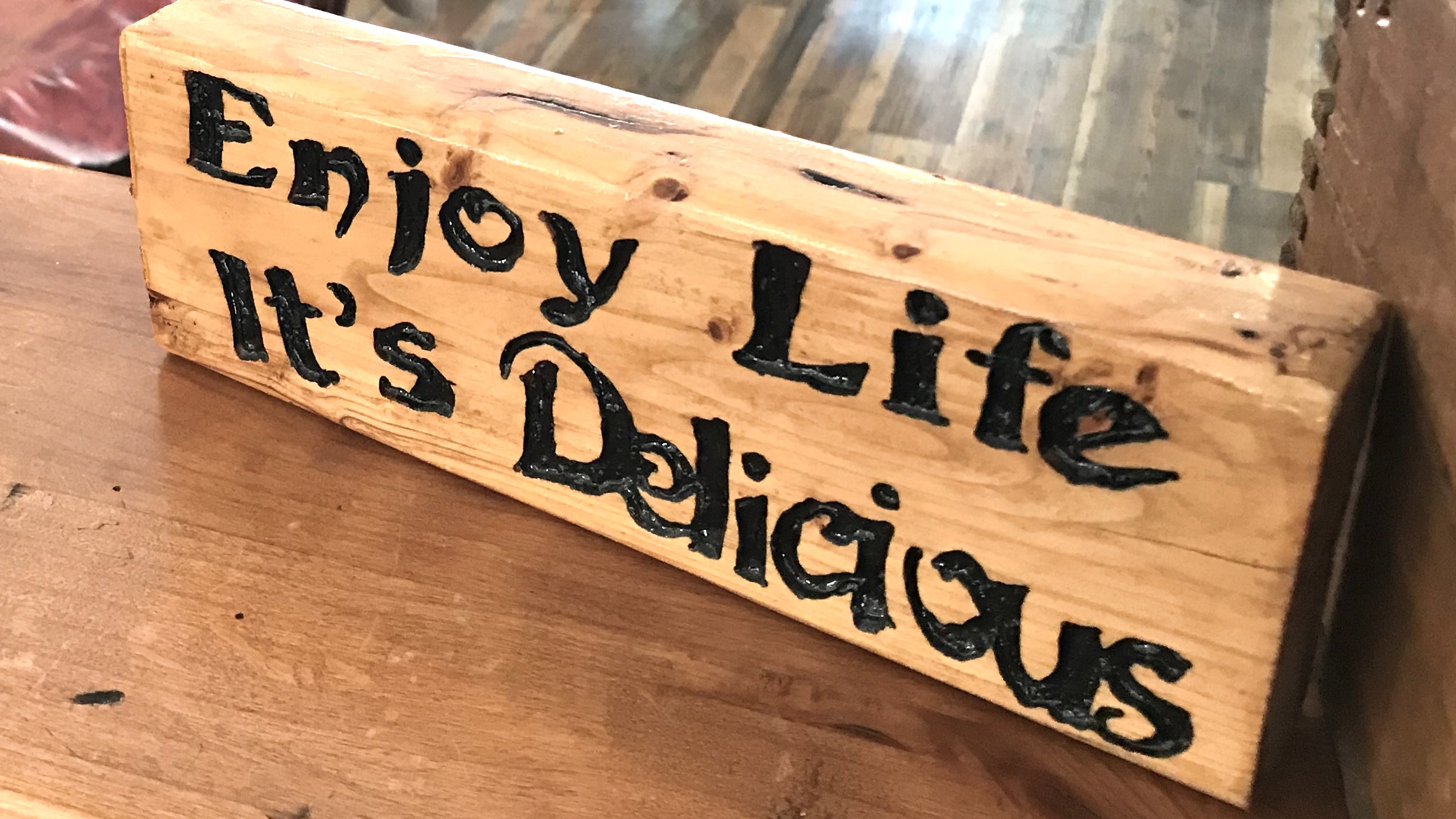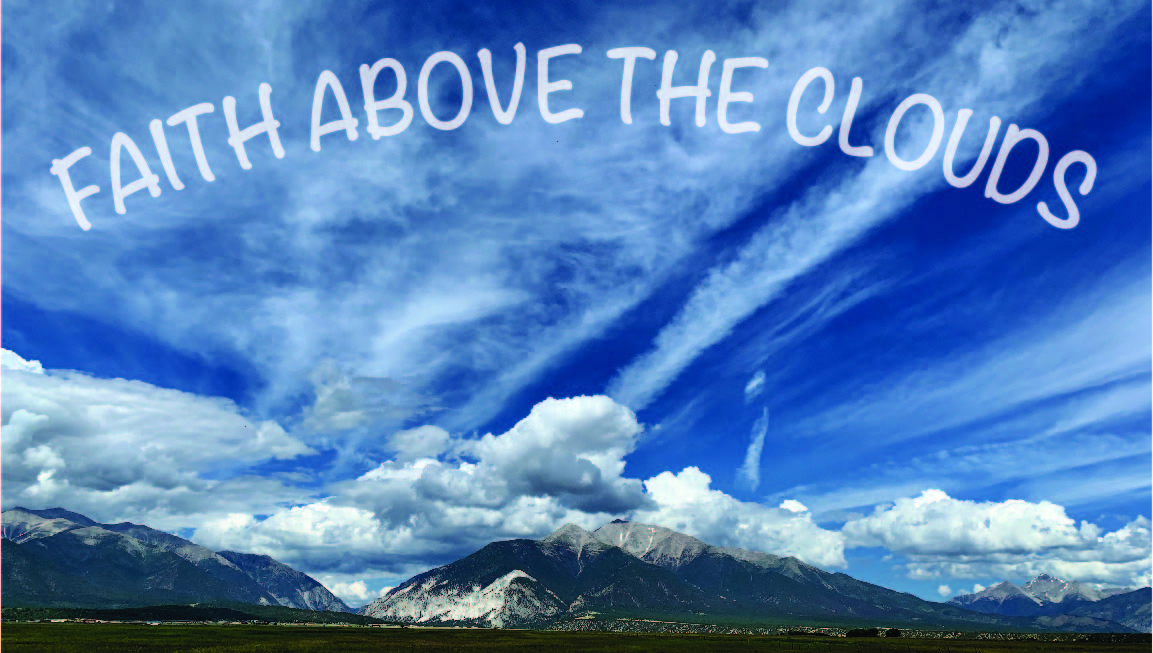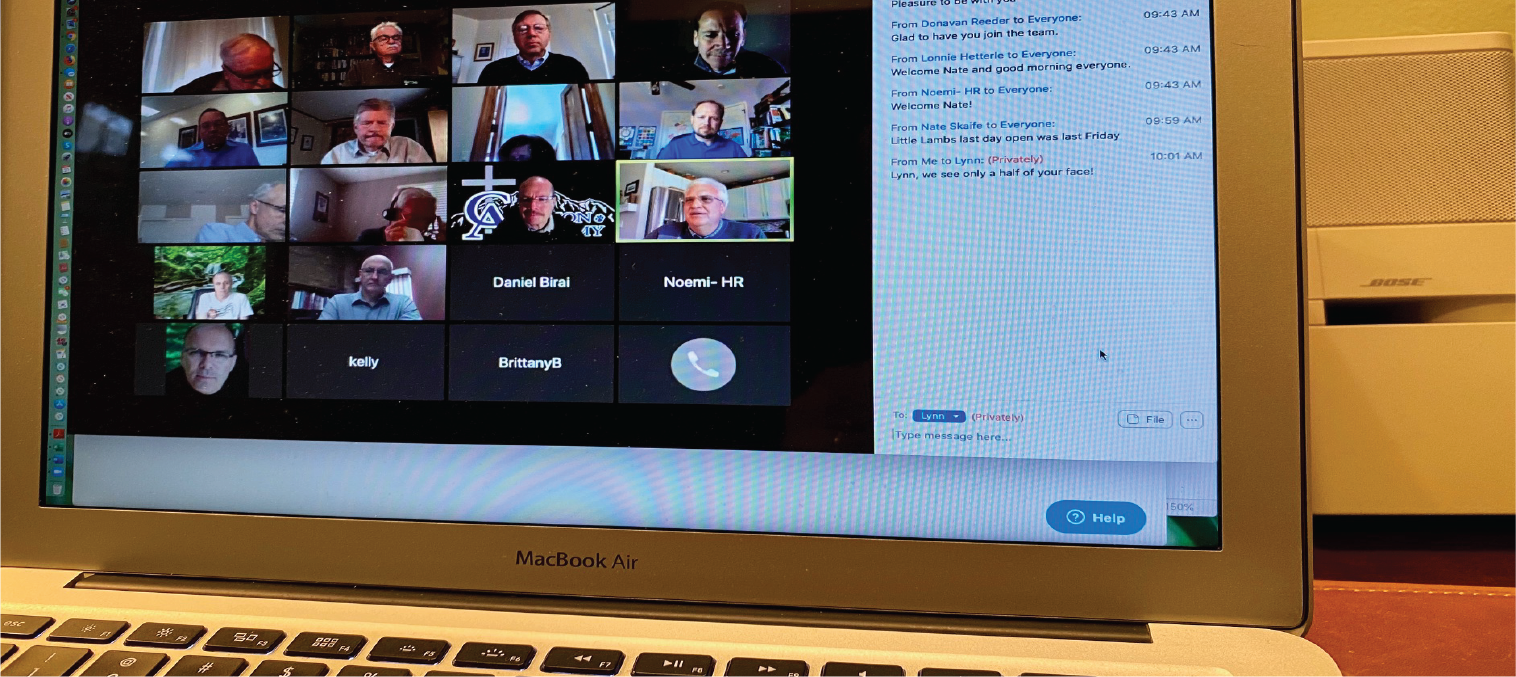By Benjamin Holdsworth
To address this question, it is important to establish some context—an understanding of the interrelationship between climate change, environmental extremes, and their effects on global conflict and insecurity. Let’s examine some realities based on recent research.
In regard to climate and environmental extremes, Munich Re, a reinsurance company, has documented over a 300% increase in global meteorological, hydrological or climatological events between 1980 and 2019.1 The association of climate change, extreme events and conflict is also well established.2 ACLED, an organization which tracks global conflict, reported that 2019 had more protests, riots, battles and strategic developments than any year in its database.3
Many of these conflict events have taken, and continue to take place in regions impacted by climate change.
In relation to insecurity and declining human wellbeing, ACAPS, a global crisis severity tracking organization, documented 127 major international humanitarian emergencies in 69 countries at the end of 2019.4 OCHA, a UN humanitarian organization, foresees 167 million people needing humanitarian aid in 2020, and an estimated 200 million by 2022.5 Additionally, the Food and Agricultural Organization reports that 704 million people suffered
severe food insecurity in 2018, and OCHA reported 821 mil- lion food insecure in 2019. Both predict the food insecure population to rise in 2020, given the impacts of climate, conflict and ineffective government intervention.6 The increase in global environmental extremes are expected to result in mounting rising damage costs, systemic financial risk and social destabilization.7
This evidence has led the US intelligence community to conclude that environmental and climate change impacts are increasing in frequency and severity as more extreme temperatures, excessive precipitation, droughts, storms, floods, heatwaves, fires and disruptive ecosystem impacts result in increasing food and water insecurity, social stress and destabilization, migration and conflict on a global scale. As Peter Kiemel, Counselor to the National Intelligence Council summarized, “We assess that such impacts from climate change almost certainly will have an increasingly significant direct and indirect effect on the social, political, economic, and security challenges faced by the United States and other countries during the next few decades.”8
The United States is not immune to environmental extremes and climate change that create detrimental social impact. In January 2020, all but three states (Colorado, Wyoming, and Nevada) had an active FEMA Disaster Declaration.9 Crop losses, often due to extreme weather, caused the United States Department of Agriculture to declare Presidential and Secretarial Disasters in 46 of 50 states in 2019.10 Over the last decade, especially the last three years, NOAA data shows that the US experienced more “billion-dollar” natural disasters than in any earlier period.11
Environmental extremes related to climate change directly impact Seventh-day Adventist Church institutions, members and their communities. Images of the smoldering remains of Paradise, California, its Seventh-day Adventist Church and the disrupted lives of 1,300 Adventists directly impacted by that fire are reminders of environmental and climate related effects on members.12 More recently, Hurricane Dorian devastated the Adventist churches and members in the northern Bahamas.13
With this context let us consider our question: Why should Adventists care about the environment?
Because God loves us and His world. Christ told Nicodemus, “For God so loved the world, that He gave His only begotten Son, that whoever believes in Him shall not perish, but have eternal life.”14 Paul reinforces this by pro- claiming, “God demonstrates His own love toward us, in that while we were yet sinners, Christ died for us.”15
Yet it is not only humanity that God loves, but His entire creation. The psalmist reminds us, it was by the word of the Lord that heavens, earth and seas were made, and “He is King of all the earth.”16 Father, Son and Holy Spirit engaged in God’s “good” creation.17 God loves all humanity and the environment He gave us in which we live. Not caring for the environment results in neglect of God’s kingdom and creation.
Because we love God. In Mark 12:29-30, Jesus cites Deuteronomy 6:5: “Love the Lord your God with all your heart, with all your soul, with all your mind, and with all your strength.”18 We are called by Christ to bring our whole being into a love relationship with the Father, which Paul asserts is “our spiritual service of worship.”19 The Psalmist calls us to worship, “Let everything that has breath praise the LORD. Praise the LORD!”20
Praise and worship include caring for God’s world, as our Father, Creator and Redeemer cares for it. Revelation 14:7 summarizes this beautifully, “Fear God and give Him glory, because the hour of his judgment has arrived, and worship the one who made heaven and earth, the sea and the springs of water!”21
Because He called us to “love your neighbor as yourself.”22 Loving our neighbor—all humanity—is directly interrelated with caring for the environment. In Matthew 25, Christ’s judgment of His followers is portrayed in terms of feeding the hungry, providing drink and clothing, caring for strangers and for the sick.23 To engage in these activities we must first care for our environment. To provide food requires crop production; to offer water requires a reliable supply; to give shelter to strangers, migrants, refugees, requires the ability to provide safe housing.
The apostle John reinforces our caring for others as evidence of our love toward God. “But whoever has the world’s goods, and sees his brother in need and closes his heart against him, how does the love of God abide in him?”24 Environmental factors that impact global health and wellbeing add urgency to Adventist involvement in ministries of healing of humanity and nature—caring for others in need and our earth as the Father and His Son also care for them.
Because caring for the environment as God’s creation is intertwined with God’s love for humanity and the world, and our love toward God and our neighbor. This is aptly illustrated in God’s command to Israel to allow a “sabbath” for their land every seven years.25 Neglect of this environ- mental practice broke the covenant relationship with God, and Israel’s resulting captivity forced a sabbath rest on the land when humanity refused to care for it.26
Jesus called for preaching or living the gospel to all creation—not just humanity.27 In Romans 8:19-23, Paul portrays creation and humanity groaning together in anticipation of Christ’s return; as nature awaits freedom from deterioration while humanity anticipates its final redemption as God’s children.
Psalm 146 offers an excellent summary. First, humanity is called to praise God—as creator of heaven, earth and sea.28 Then God is remembered for caring for the oppressed, the hungry, the imprisoned, the stranger, orphaned and widowed.29 Then, God is praised because He blesses those “whose hope is in the Lord his God.”30
Adventists should care about the environment, because our hope is in the Lord. We have the hope of salvation and the hopeful anticipation of the return of Jesus that will end the anguish of our broken world. We will experience hope fulfilled, God’s restoration of His creation, a renewed heaven and earth in which we dwell with Him.31
Caring for our environment and the humanity who live in it is not only an urgent priority, but an act of obedience to the God who created all things.
–Benjamin Holdsworth, MBA, PhD, is professor of religion at Union College, Lincoln, Nebraska. Email him at: [email protected]
References
1-Munich Re, NatCatService, Number of relevant weather-related loss events worldwide 1980–2018.
2-Caitlin E. Werrell and Francesco Femia, eds, Epicenters of Climate and Security: The New Geostrategic Landscape of the Anthropocene, (The Center for Climate and Security, June 2017); also, Jürgen Scheffran, et. al. eds, Climate Change, Human Security and Violent Conflict (New York: Springer, 2012); also, Solomon M. Hsiang, Marshall Burke, and Edward Miguel, “Quantifying the Influence of Climate on Human Conflict.” Science (2013).
3-Armed Conflict Location & Event Data Project (ACLED), (January 2020).
4-ACAPS, Global Crisis Severity Index, (ACAPS, December 20, 2019).
5-OCHA, Global Humanitarian Overview 2020, (Geneva: OCHA, December 2019), 4;
6-FAO, IFAD, UNICEF, WFP and WHO, The State of Food Security and Nutrition in the World (Rome: FAO, 2019), 20, Fig. 11; 22, Fig. 13; OCHA, Global Humanitarian Overview 2020, (Geneva: OCHA, December 2019), 12; Also Issa Sikiti da Silva, “Climate change and conflict could fuel hunger in 2020,” Climate Diplomacy (January 16, 2020).
7-See J. Woetzel, et. al., Climate Risk and Response: Physical Hazards and Socioeconomic Impacts, (McKinsey Global Institute, January, 2020); also, World Economic Forum, Nature Risk Rising: Why the Crisis Engulfing Nature Matters for Business and the Economy, (World Economic Forum, January, 2020), also, Patrick Bolton, et. al., The Green Swan: Central Banking and Financial Stability in the Age of Climate Change, (BIS, Banque de France, January 2020).
8-Daniel Coats, World Wide Threat Assessment of the US Intelligence Community, Senate Select Committee on Intelligence (January 29, 2019), 23. Also, Peter Kiemel, Counselor, National Intelligence Council, Office of the Director of National Intelligence, Statement for the Record, For a Hearing on “The National Security Implications of Climate Change,” (HPSCI, June 5, 2019), 2.
9-Federal Emergency Management Agency, Disaster Declarations Page, (FEMA, January 13, 2020); On the Map For Emergency Management, (January 2020).
10-United States Department of Agriculture, Farm Service Agency, Disaster Declarations Crop Year 2019, (USDA FSA, October 23, 2019).
11-A-dam B. Smith, “2010-2019: A landmark decade of U.S. billion-dollar weather and climate disasters” Climate.gov (January 8, 2020).
12-Kimberly Luste Maran, “Community pulls together after deadliest fire in California’s history burns through towns,” Adventist News Network, (November 20, 2018).
13-Libna Stevens, “In the Bahamas, Adventist Church accounting for members after Hurricane Dorian,” Adventist News Network, (September 5, 2019).
14-New American Standard Bible (NASB): 1995 Update. (La Habra, CA: The Lockman Foundation, 1995), John 3:16.
15-Romans 5:8 NASB.
16-Psalms 33:6-9; 47:2, 7 NASB.
17-Colossians 1:16-17, Genesis 1-2 NASB.
18-Biblical Studies Press. The NET Bible (Biblical Studies Press, 2005), Mark 12:29-30.
19-“Therefore, I urge you, brethren, by the mercies of God, to present your bodies a living and holy sacrifice, acceptable to God, which is your spiritual service of worship.” Romans 12:1 NASB.
20-Psalms 150:6 NASB.
21-Revelation 14:7 NET.
22-Mark 12:31; Leviticus 19:18 NASB.
23-Mathew 25:31-46 NASB.
24-1 John 3:17 NASB.
25-Leviticus 25:1-7 NASB.
26-Leviticus 26:34-34, 40-45 NASB.
27-“And He said to them, “Go into all the world and preach the gospel to all creation.” Mark 16:15 NASB.
28-Psalm 146:6 NASB.
29-Psalm 146:6-9 NASB.
30-Psalm 146:5 NASB.
31-Revelation 21-22.







